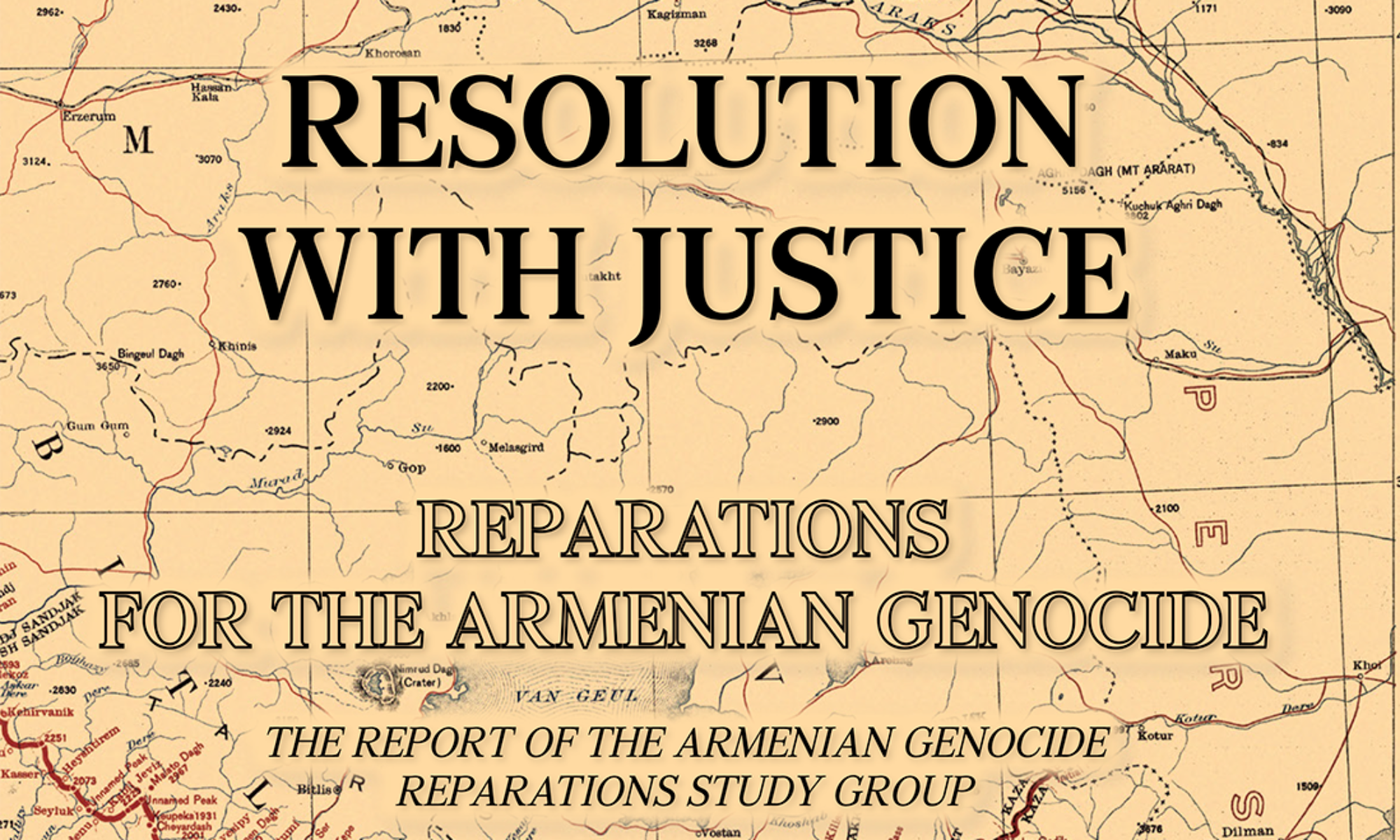BY MICHAEL SOSIKIAN
ASBAREZ
The Lausanne treaty signed on July 24, 1923, was a very limited treaty between the Grand National Assembly of Turkey and Great Britain, France, Greece, Italy, Japan, Romania, and Serb-Croatia-Slovenia to put an end to the conflict between them, (Conflict = “state of war between armed group”), while the Sèvres Peace Treaty was an international peace treaty which put an end to World War I. (War=”hostility between sovereign nations of governments”).

The Sèvres Peace Treaty was signed between high contracting parties: the Allied and Associated Powers (Great Britain, France, Greece, Italy, Japan, Romania, Poland, Portugal, The Croat-Slovene State, Czechoslovakia, Armenia, Dominion of Canada, Commonwealth of Australia, New Zealand, India, South Africa and the representatives of the Ottoman Empire).
Since the Sèvres Peace Treaty was signed by High Contracting Parties, “the treaty is enforceable whether it is ratified or not” (according to the Vienna Convention on the Law of Treaties of 1969, Article 2-F)
On May 11, 1920, The Supreme Council of the Allied powers gave the draft of the peace treaty to the Ottoman Empire on behalf of the Allied Powers and associates. On July 22, 1920 Sultan Mehmed VI, the head of the Ottoman Empire, as legitimate ruler who represented the Ottoman Empire according to Article 3 of the Ottoman constitution, and having the vested power and authority to sign peace treaties according to Article 7 of the said constitution, means he (Ottoman Empire) accepted Article 89 of the peace treaty and signed, “ Turkey , Armenia as well as all the High Contracting Parties agree to submit to the arbitration of the President of the United States the question of the frontier to be determined between Turkey and Armenia in the Vilayets of Erzrum, Van, Bitlis and Trabizoned, and to accept his decision thereupon, as well as any stipulations he may prescribe as to access for Armenia to the sea, and as to the demilitarization of any portion of Turkish territory adjacent to the said frontier”. The acceptance of Article 89 and the submission to the arbitration means “compromise,” “ A formal document, executed in common by nations submitting a dispute to arbitration, that defines the matter at issue, the rules of procedure and the powers of the arbitral, and the principles for determining the award.”
President Woodrow Wilson, the arbitrator, issued his arbitration award on November 22, 1920, which included the determination of the frontier between Armenia and Turkey, and by which granted to Armenia 40,000 square miles of land from the regions of Bitlis, Van, Erzrum, and Trabizon as access to the Black sea.
Award was and will remain governed by International law; therefore the Lausanne treaty did not discuss the frontier between Armenian and Turkey, while the same treaty drew the frontier between Turkey and each of Bulgaria, Greece, Syria and Iraq “ articles 2 and 3”. However, because the Sèvres Peace Treaty and Lausanne treaty are successive treaties, “ the treaty where both Parties signed is the one that governs the mutual rights and obligation between the Parties,” (Vienna convention of 1969 Article 30-b).
Although the Lausanne treaty map includes territories as Turkish lands encompassing the vilayets of Bitlis, Van, Erzrum, and Trabizon (which is Armenian land as per the arbitration), it is not mentioned in the said treaty’s text, therefore that map is not valid according to Article 4 of the said treaty which states that “ In case of divergence between the text and the map, the text will prevail.”
In the Lausanne Treaty text, there is no mention of Armenia and Turkish borders, because the border was drawn and issued by Woodrow Wilson by his arbitration award on November 22, 1920, and the said arbitration award was governed by International law, it is final and cannot be appealed.

